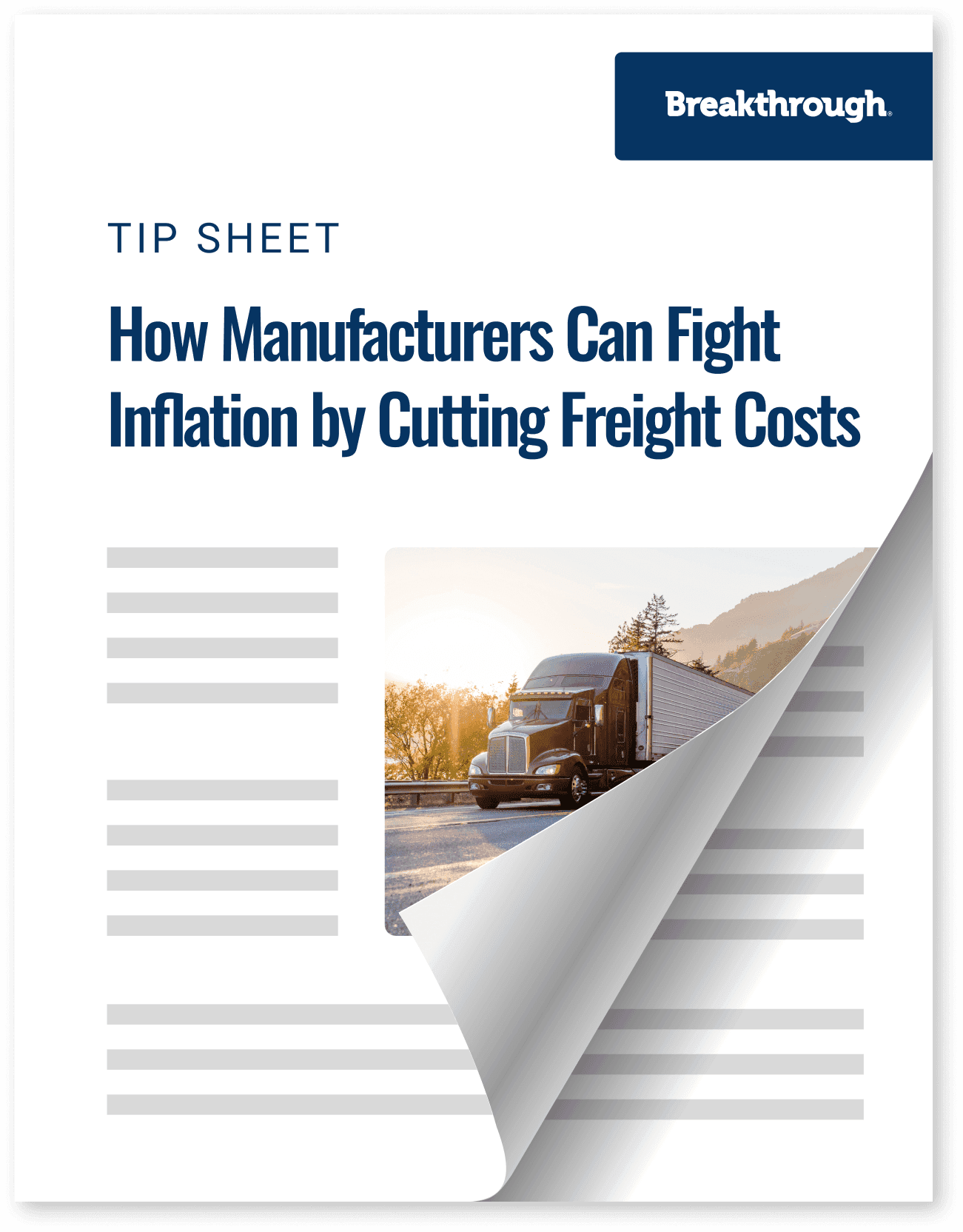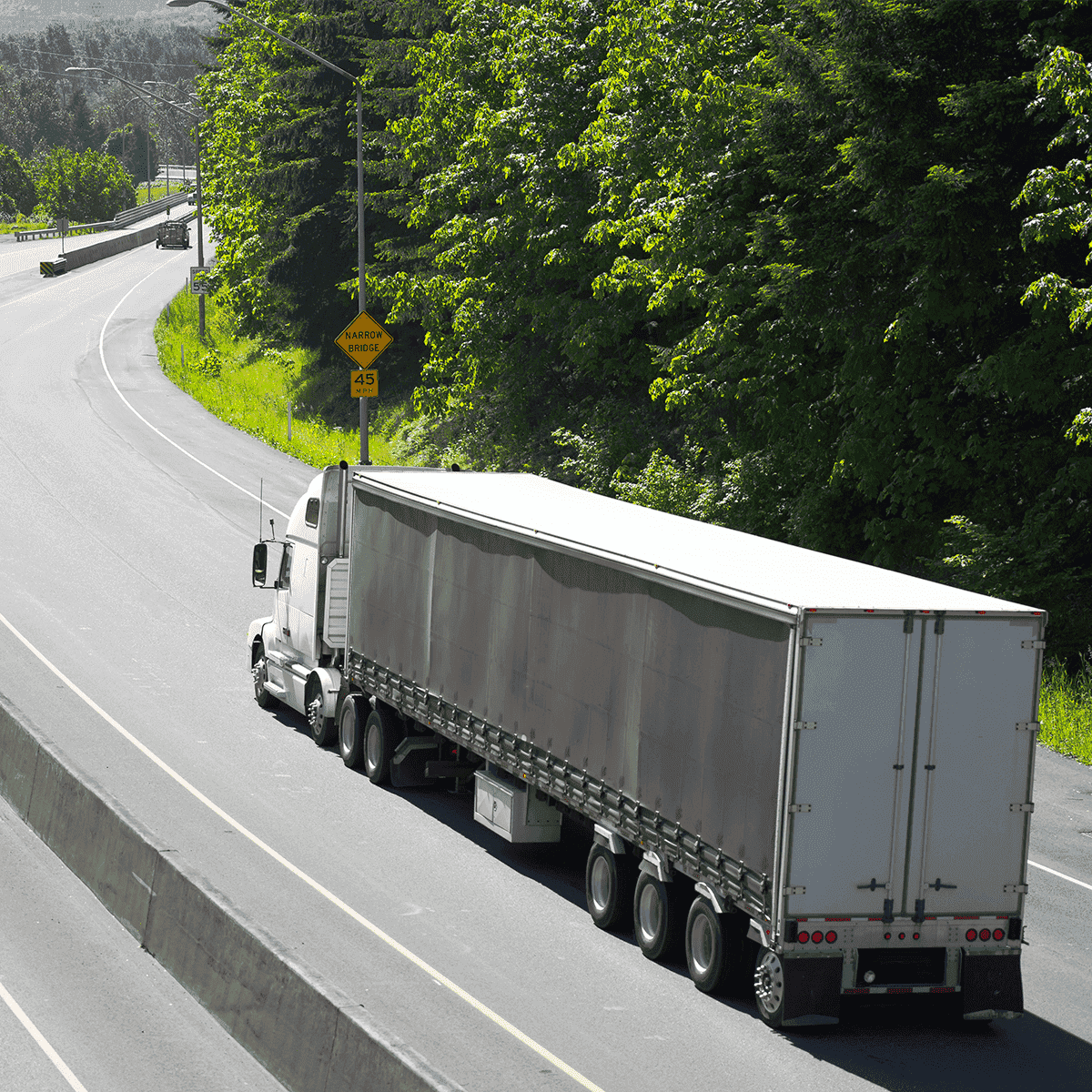Como os fabricantes podem combater a inflação reduzindo os custos de transporte

Tendências
Top Posts
Sustentabilidade e tecnologia
Compreender o Crédito Fiscal para a Produção de Combustível Limpo 45Z
4 min de leitura
outubro 3, 2025
Eventos de mercado
Porque é que os preços do gasóleo se mantêm estáveis quando o petróleo bruto está em baixa?
6 min de leitura
outubro 2, 2025
Eventos de mercado
Preparando-se para as novas leis de divulgação climática da Califórnia
5 min de leitura
setembro 30, 2025
5 min de leitura
maio 25, 2018

Compartilhar:
Índice
Navegue pelo índice para ir diretamente à parte que você está procurando
Há atualmente um grande entusiasmo no mundo dos transportes em relação a uma grande variedade de tecnologias que poderão alterar fundamentalmente a forma como os produtos são colocados no mercado nos EUA. Entre estas tecnologias potencialmente revolucionárias contam-se os camiões eléctricos, os camiões autónomos, as tecnologias híbridas e a energia do hidrogénio. No entanto, anos antes de qualquer uma destas tecnologias estar nas manchetes, o gás natural era a principal energia alternativa de transporte do futuro. Então, onde está o gás natural hoje e onde ele se encaixa no portfólio de energia de amanhã?

Apenas cinco anos atrás, muitas das conversas que estamos tendo sobre energias alternativas hoje estavam ocorrendo em relação ao gás natural. Com que rapidez cresceria a infraestrutura de abastecimento e quando seria suficiente para tornar o combustível viável? Qual seria a autonomia destes camiões, com um único abastecimento? Quanto peso adicional seria necessário para o armazenamento de energia? Muitas destas perguntas estão a ser feitas hoje em dia sobre camiões eléctricos e outras alternativas, pelo que vale a pena refletir sobre a nossa experiência com o gás natural.
Antes de avançarmos, vamos abordar os aspectos básicos. Ao nível mais simples, os veículos a gás natural requerem motores diferentes, por duas razões. Em primeiro lugar, o gás natural é - como o nome sugere - um combustível gasoso, ao contrário do gasóleo, que é um líquido. Em segundo lugar, enquanto o gasóleo entra em combustão num motor quando é aplicada pressão suficiente - sem necessidade de faísca - a combustão do gás natural requer uma vela de ignição, tal como acontece com um motor a gasolina. Esses motores são um pouco mais complexos do que os motores a diesel de ignição por compressão, e uma consideração importante para o transporte de gás natural é a diferença nos requisitos e custos de manutenção que acompanham esses diferentes motores.
"La Crosse, Wisconsin, EUA - 14 de setembro de 2012: O primeiro posto de abastecimento alternativo do país, inaugurado no início deste ano, pertence e é operado pela Kwik Trip, Inc., uma das maiores cadeias de lojas de conveniência no Upper Midwest."
Passando para o combustível em si, existem dois tipos principais de gás natural como combustível de transporte: gás natural comprimido (GNC) e gás natural liquefeito (GNL). O GNC é simplesmente gás natural retirado de uma linha de gás e comprimido de forma a poder ser armazenado na parte de trás de um camião para centenas de quilómetros de viagem. O GNL, por outro lado, tem de ser levado a temperaturas extremamente baixas, de modo a que o gás se transforme num líquido, antes de ser armazenado. O GNC é muito mais popular (e será o nosso foco aqui), pois é mais barato de fabricar do que o GNL, mas o GNL é mais denso em energia, o que significa que o combustível ocupa menos espaço no veículo.
Os principais ativos do gás natural como combustível de transporte incluem custo & benefícios de emissões contra o diesel. O gás natural é extremamente abundante nos Estados Unidos, o que significa que é abundante e barato. Há cerca de cinco anos, quando o petróleo bruto rondava os $100/barril, uma estratégia de gás natural poderia poupar bem mais de $1 por galão-equivalente em comparação com o gasóleo. Além disso, a maior parte do preço que se paga pelo gás natural no transporte são os custos fixos de compressão e distribuição, com o custo da mercadoria a representar apenas uma pequena parte do custo total. Como tal, há muito menos volatilidade nos preços do gás natural, o que lhes dá uma certeza de preço muito maior a longo prazo.
Do ponto de vista das emissões, a maior parte do gás natural nos Estados Unidos provém de operações de perfuração em grande escala, que podem ser intensivas em emissões. No entanto, no ponto de combustão, o gás natural tem uma combustão muito mais limpa do que o gasóleo, o que reduz as emissões de GEE do motor, mas também as emissões de poluentes fortemente regulamentados, como o NOx. Até hoje, o GNC continua a ser uma parte importante das estratégias para reduzir as emissões de NOx e o smog em áreas congestionadas em todo o mundo.
Quando os preços do petróleo bruto entraram em colapso em 2014, a vantagem de preço para o GNC - e especialmente para o GNL - corroeu-se contra o declínio do mercado de diesel. Desde então, temos assistido a um interesse reduzido neste tipo de transporte, uma vez que o equipamento para camiões a gás natural continua a comandar um prémio de preço que pode ser difícil de recuperar no recente ambiente de preços. No entanto, com a nova subida dos preços do petróleo bruto em 2018, as estratégias centradas nos custos podem ressurgir neste espaço. A longo prazo, prevemos que haverá espaço para o gás natural no mundo dos transportes num futuro previsível, especialmente quando for utilizado de forma estratégica e direcionada. No entanto, na medida em que continuam a ser combustíveis fósseis (o Gás Natural Renovável, ou GNR, é um tópico diferente), e como as vantagens de preço permanecem imprevisíveis, o GNC e o GNL podem ter dificuldades num mundo onde haverá mais opções do que nunca para a energia de transporte.
Para mais informações sobre o gás natural no transporte, ou qualquer outra faceta de Breakthrough Advisory Services, por favor contacte-nos!

4 min de leitura
outubro 3, 2025
Compreender o crédito fiscal 45Z, as suas recentes alterações e o seu impacto sobre o GNR, o gasóleo renovável e o biodiesel. Saiba como isso afetará seus objetivos de sustentabilidade.
Leia mais
6 min de leitura
outubro 2, 2025
As tendências dos preços do gasóleo permanecem estáveis apesar da queda dos custos do petróleo bruto. Descubra os principais factores, desde as margens das refinarias até aos baixos inventários, que moldam o mercado atual.
Leia mais
5 min de leitura
setembro 30, 2025
Descubra as principais etapas de conformidade com a Lei de Divulgação Climática da Califórnia. Saiba como se preparar para os requisitos de relatório SB 253 e SB 261.
Leia mais